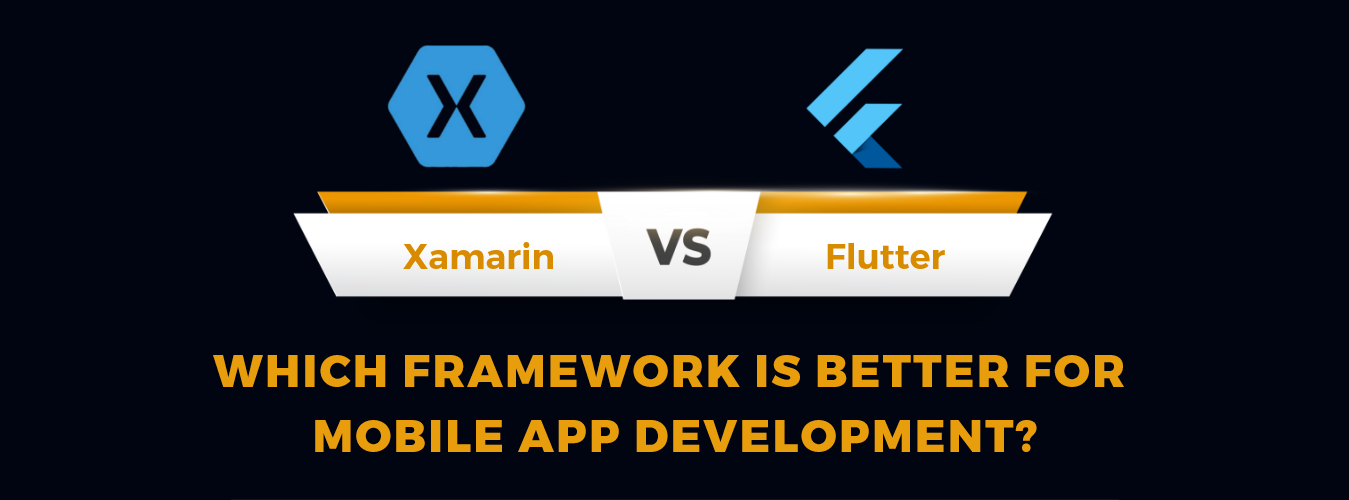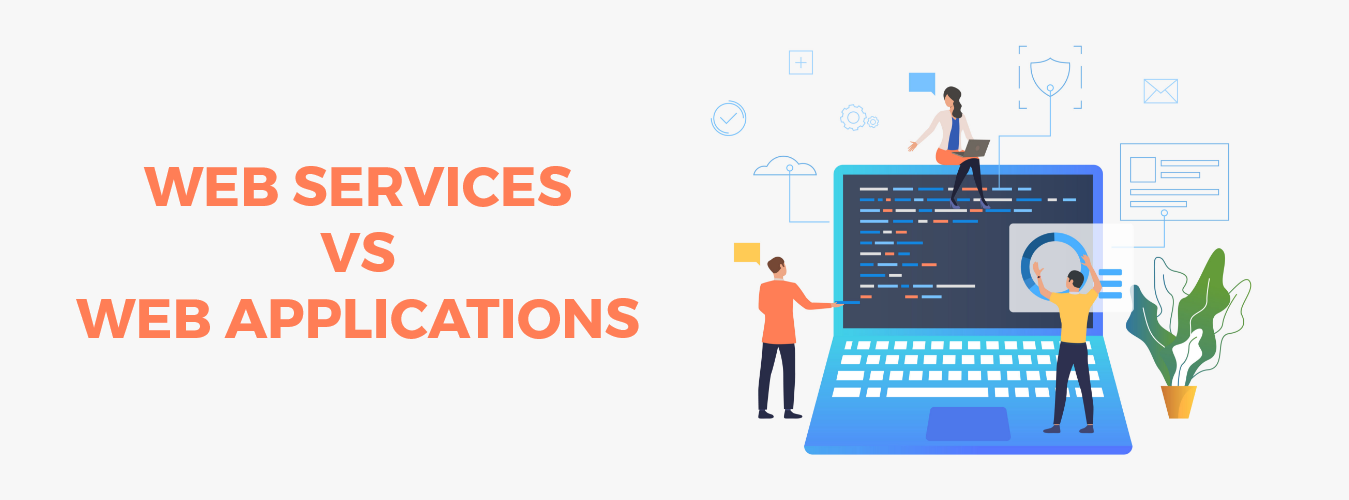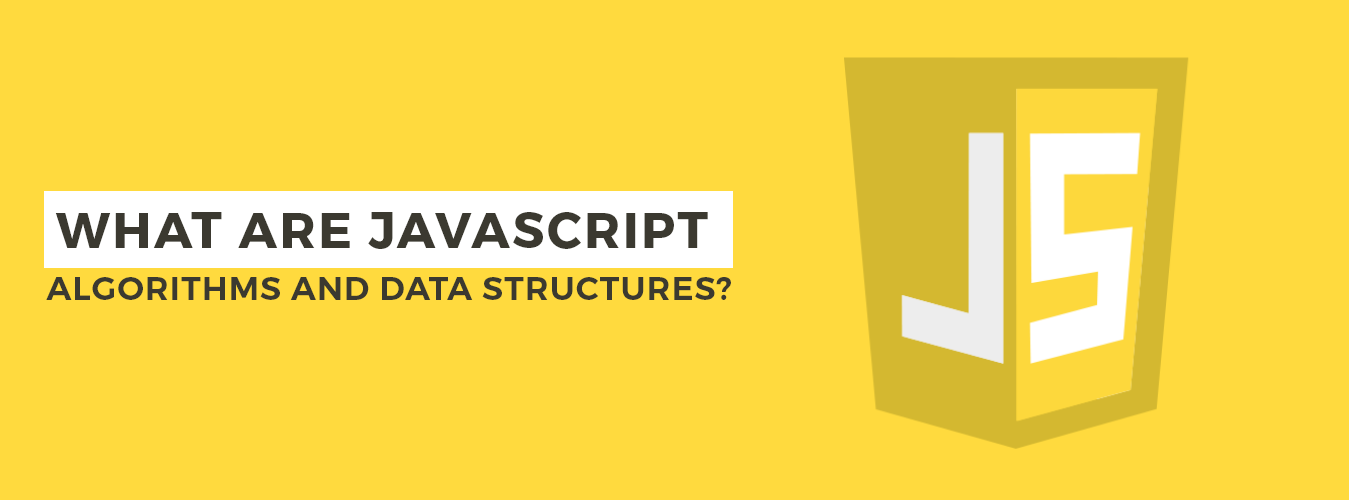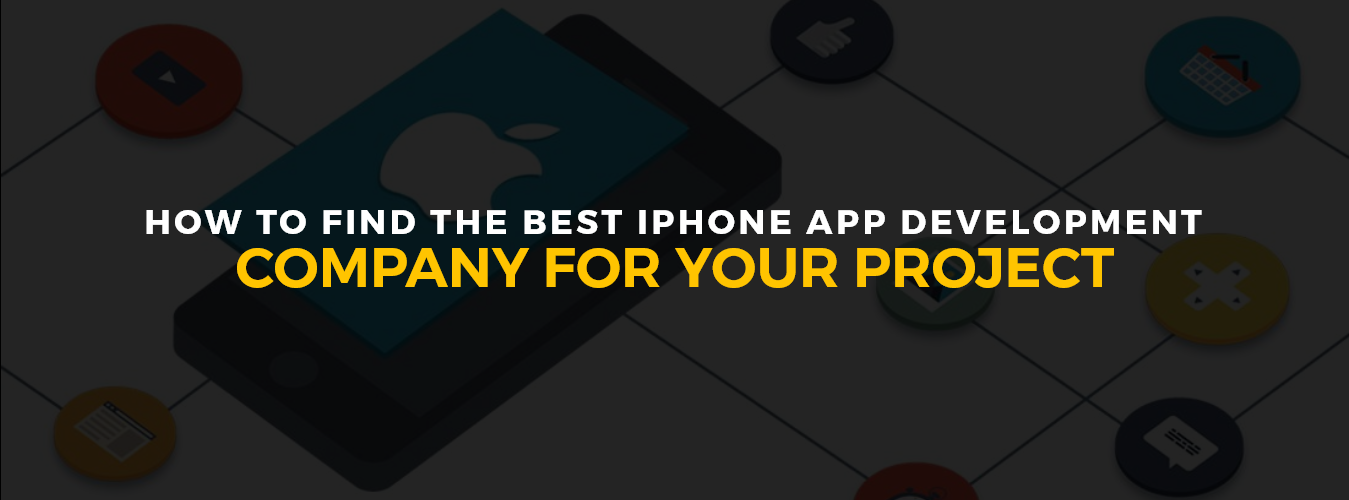You want to create a mobile application and are debating between Xamarin and Flutter. Hard decision, we realize. The framework you choose as a developer should provide you with the best outcomes in the shortest period. Xamarin and Flutter have obviously received much attention, but you’re still unsure which is the better choice for your requirements. We’ve got you covered, so don’t worry. We’ll compare the advantages and disadvantages of Xamarin vs Flutter so you can decide which framework is ideal for your upcoming mobile app development project. You’ll have a definite winner by the conclusion of this article, and be prepared to begin developing your app.
Crafting Your Ideal Mobile App/Experience Starts Here!
Ready to elevate your business? Your custom app is just a click away.
Yes Let’s goXamarin vs Flutter: Key Differences
Two of the best frameworks available for cross-platform mobile development are Xamarin and Flutter. But which one ought to pick for your next app? Here are some significant variations to take into account:
Programming Languages
Flutter uses Google’s proprietary Dart, whereas Xamarin uses C#. If you have experience with C#, Xamarin might be easier for you to use. But even if you’ve never used Dart, it’s simple to learn.
UI rendering
Your app will appear to be a native iOS or Android app since Xamarin leverages the native UI components of each platform. Your app’s user interface will be the same on both platforms because Flutter creates its own UI. While some programmers favor the constancy of Flutter’s UI, others prefer the native appearance.
Quicker development
Flutter’s hot reload feature lets you view the results of code changes without recompiling the application. Development and testing can be accelerated greatly as a result. Although Flutter offers a quick development cycle, Xamarin may have a minor advantage in this area.
Community support
Xamarin has a larger community and more open-source libraries accessible due to its long existence. But the Flutter community is expanding quickly. Both frameworks feature excellent instructional materials and documentation.
Also Read: Create A Mobile App Interface Design
Performance
In some circumstances, the UI rendering approach used by Flutter can deliver faster UI performance. The performance of Xamarin and Flutter apps is relatively comparable for jobs that are not UI-intensive.
Overall, both Xamarin and Flutter are great options for cross-platform mobile development. The choice comes from your team’s skills, priorities, and app requirements. Why not give both a try and see which one you prefer?
Xamarin: App Development With C# and .NET
- Xamarin is a fantastic choice for creating mobile apps for iOS and Android using a single codebase. With Xamarin, Xamarin App Development Companies can create the app logic using C# and the.NET framework and then compile it into native apps for each platform.
- Without learning Objective-C or Java, you can get started quickly with Xamarin by utilizing your current C# and.NET abilities. To speed up development, you get access to thousands of .NET libraries. Additionally, adding features or fixing issues across platforms is simply because you’re working with a single codebase.
- Xamarin is a fantastic choice for creating mobile apps for iOS and Android using a single codebase. With Xamarin, you can create the app logic using C# and the.NET framework and then compile it into native apps for each platform.
- Without having to learn Objective-C or Java, you can get started quickly with Xamarin by utilizing your current C# and NET abilities. To speed up development, you get access to thousands of .NET libraries. Additionally, adding features or fixing issues across platforms is simply because you’re working with a single codebase.
Flutter: Google’s Open-Source UI ToolKit
Open-Source & Free
Using a single codebase, Flutter App Development Services providers can create stunning, natively built mobile, web, and desktop applications using Google’s open-source Flutter UI framework. Flutter is free to use since it is an open-source framework. You can obtain the source code because of the active developer community.
Fast Development
You can create apps more quickly thanks to our quick development cycle. With Flutter’s reactive framework, you can create user interfaces that update immediately in response to changes in the source code. You may see the results of your modifications right away because to its hot reload function, which offers reload times of less than a second.
Also Read: Custom Mobile App Development Boost Your Business
Expressive and Flexible
Every pixel on the screen is under your control, thanks to the layered nature of Flutter. Its extensive widget library, flexible layout options, and potent animations and movements enable you to create unique and captivating user interfaces. For gaining access to native functionalities on iOS and Android, Flutter also includes a complete set of platform APIs and an expandable plugin system.
Native Performance
Flutter-built apps frequently perform better than those created using alternative cross-platform frameworks. Apps can attain native performance thanks to Flutter’s ability to compile native code. Skia 2D rendering engine, which offers GPU-accelerated graphics, is also used by Flutter.
Large Ecosystem
The ecosystem of plugins, libraries, and tools for Flutter is expanding. In addition to packages for machine learning, augmented reality, Bitcoin, and other things, you can access Firebase services. Many businesses also utilize Flutter to create production apps, guaranteeing a high standard of quality and stability.
In conclusion, Flutter is a fantastic option for creating top-notch native apps for iOS and Android using a single codebase. Flutter enables you to create appealing apps that consumers will like because of its cutting-edge reactive framework, an extensive collection of widgets, and emphasis on native performance.
Comparing Xamarin vs Flutter
When deciding between Xamarin and Flutter for your mobile app development, there are a few key factors to consider:
Programming languages
In contrast to Flutter, which uses Google’s proprietary Dart programming language, Xamarin employs C# and the.NET framework. If you are familiar with Java or C++, Dart is simple to learn. If you are familiar with C# and .NET, Xamarin might be easier to use.
Code Reuse
Both Xamarin and Flutter allow you to reuse code across iOS and Android. Xamarin uses a shared C# codebase, while Flutter uses the same Dart code for both platforms. This can save a lot of time and effort.
You may reuse code for iOS and Android using both Xamarin and Flutter. Flutter employs the same Dart code for both platforms, whereas Xamarin uses a shared C# codebase. It can be quite time and effort efficient.
UI Rendering
Flutter employs its own UI rendering engine to create a unified appearance across platforms. Because Xamarin leverages native UI elements from iOS and Android, your app will appear native on either device. The Flutter UI can be altered to match the aesthetics of the native platforms.
Development Pace
With virtually weekly updates and new features, Flutter is developing very quickly. The rate of Xamarin’s development is slower. Flutter can be superior if you want to use the most recent features. But Xamarin is a more established, reliable alternative.
Also Read: Mobile App Vs. Mobile Website
Popularity And Community Support
Xamarin has a larger developer community and has been around longer. But Flutter is becoming increasingly popular, and its community is expanding quickly. Both come with helpful support materials and documentation.
Consider what matters to you most when comparing Xamarin and Flutter for your upcoming mobile app project. Flutter might be a fantastic option for speedy development and the most code reuse possible. Xamarin might be a better fit for you if stability and maximizing existing C# abilities are priorities. Both frameworks can be used to create top-notch, cross-platform mobile applications.
Also Read: WooCommerce vs. Shopify – Which is superior, and why?
Which to Choose: Xamarin vs Flutter?
Cost
Cost-wise, Xamarin has a modest advantage. While Flutter is free but owned by Google, Xamarin is free and open-source. You will need to pay for a MacInCloud build agent, which starts at $20 per month, if you don’t own a Mac. However, you require a Mac to generate the code to create iOS apps with Xamarin.
Code Reuse
Code may be reused between platforms with Xamarin and Flutter. You may cross-platform share up to 95% of your C# code with Xamarin. With Flutter, you can share up to 85% of your Dart code between iOS and Android apps, which results in significant code reuse.
UI Rendering
Here, Flutter has the advantage. Flutter renders UI elements using the Skia graphics package. This enables Flutter to render UI elements without using the OEM widgets that Xamarin uses. In the end, iOS and Android users will experience a native-looking and -feeling UI. Although it necessitates designing different layouts for iOS and Android, Xamarin does let you create native user interfaces.
Development Environment
The cross-platform IDEs (Android Studio/IntelliJ IDEA and Visual Studio/Visual Studio Code) offered by Xamarin and Flutter can be used to create apps for iOS and Android. So, for either framework, you can use the IDE of your choice. Tie in this case.
Community Support
The Flutter community is expanding more quickly. Due to Google’s assistance, Flutter is becoming more well-liked and accepted. Although it is not expanding as quickly, the Xamarin community is also sizable. In such a case, Flutter might have a tiny advantage if community size and growth are important factors.
Which framework best fits your needs depends on your priorities and preferences. Consider aspects like community support, cost, UI reuse, and code reuse. The decision you ultimately make will enable you to create incredible mobile applications. In the end, Xamarin and Flutter are both excellent options for cross-platform mobile development.
Also Read: Complete Guide on Mobile App Architecture
Conclusion
Here is a brief comparison of Xamarin vs Flutter to assist you in selecting the right framework for your upcoming mobile app development project. Both provide hot reloading and cross-platform programming to increase productivity. Since Xamarin has been around longer and is closely integrated with Visual Studio, it can feel more comfortable if you are a.NET developer. Flutter is more recent, open source, and employs the slightly challenging Dart programming language.
You really can’t go wrong with either option, in the end. But now that you are aware of the advantages and disadvantages of each, you can choose the framework that best suits your requirements and skill set.
Crafting Your Ideal Mobile App/Experience Starts Here!
Ready to elevate your business? Your custom app is just a click away.
Yes Let’s go







